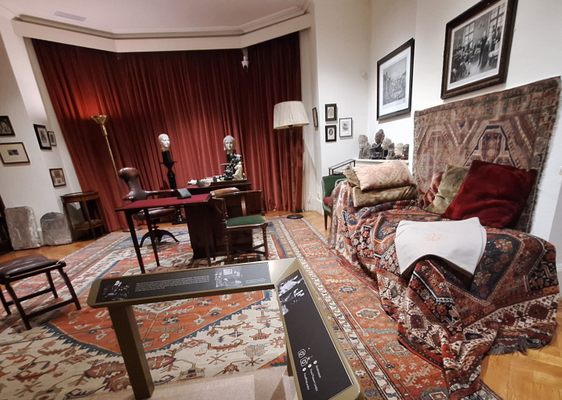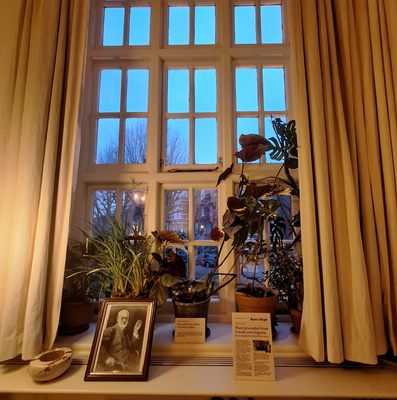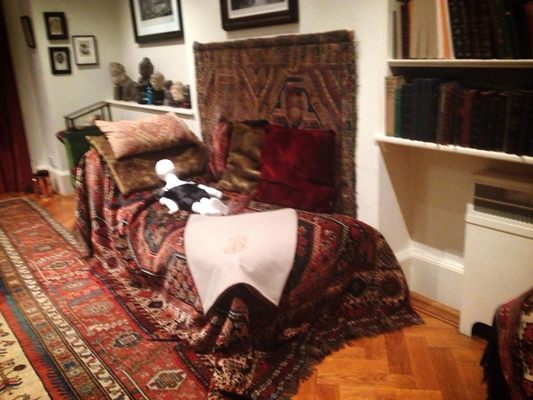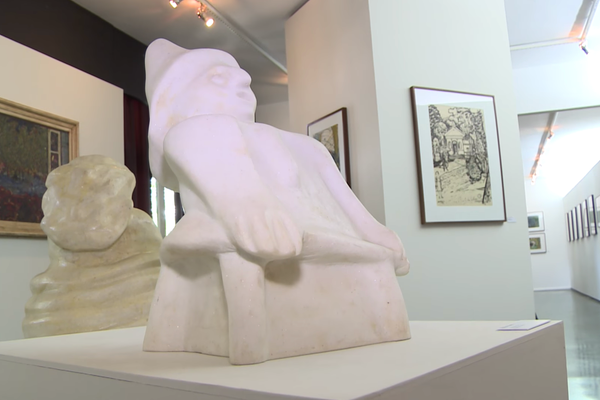About
Sigmund Freud lived and worked for the majority of his career in Austria, but his final year was spent in Britain, at a home he shared with his family. Now, that home is the Freud Museum London. After he was exiled by the Nazis, the pioneer of psychoanalysis brought his life to London. The museum holds his extensive library, collection of antiquities, furniture, and the prize of the museum’s collection: Freud’s famous couch.
The year was 1938, and with Austria's annexation by Nazi Germany, it left Freud, who was Jewish, with little support and even less time to safely leave the country. He was encouraged to come to England, and with some international pressure, he and his family were granted permits to travel and settle in north London. Their effects followed, and the final year of Freud’s life was spent writing and seeing patients in his ground floor study.
Though Freud died only a year later, his daughter Anna, a pioneer in her own right (particularly for her work with children), continued to live and work in the Queen Anne-style house for another 43 years. She maintained her father’s study and library exactly as he had left them, and made sure that the entire home would be turned into a museum upon her death in 1982.
Freud is best known as the founder of psychoanalysis, which is credited with moving treatment of mental illness out of asylums and into hospitals and therapists' offices. In the decades since his death, many of Freud’s methodologies, techniques, and conclusions have been criticized and called into question. But his impact on the field of psychology and mental health treatment is undeniable.
The London house was arranged much as their original home in Vienna, and his study and library are now highlights of the museum tour. This includes the legendary couch, which looks much cozier than expected. With bright oriental rugs and a pile of plush pillows, it’s a wonder his patients didn’t actually have dreams here, rather than just talk about them.
Related Tags
Know Before You Go
The Museum is in northwest London, and keeps somewhat limited hours and tour schedules. Check the website for schedule, hours, admission and other details.
Finchley Road is the nearest underground station, along the Metropolitan line.
Community Contributors
Added By
Edited By
Published
April 19, 2017












































































































